- Call us: 01444 237070
- Contact Us
- Stores
- Sign In / Register
-
- Back
- Used Cameras
- Used Accessories
- Used Lenses
- Used Video
- Used Film Equipment
- Used Stock Alert
- Used Blank Test
- Sell or Part Exchange
- Used Clearance
- Recently Added Used Equipment
- Park Picks
- All Used Black Friday Deals
- Faulty
- Trade-In
- Blog
- New in
- Call us
- Contact us
- Stores
- Sign in
- Categories
- Tips & Inspiration
- Reviews
- News
- Events
- Features
- Buying Guides
- Competitions
The Benefits of Shooting Micro Four Thirds
While sensor sizes like full-frame, APS-C and medium-format all derive from the early days of digital photography, Micro Four Thirds is a format born directly from the rise of mirrorless technology. As the brainchild of an innovative collaboration between photographic giants Olympus (OM System) and Panasonic, the system was unveiled in 2008 and has risen from obscurity into the vocabulary of any photographer.
Micro Four Thirds cameras and lenses exist to amplify the benefits that mirrorless photography brings. By utilising a high crop factor and an ultra-small design, new avenues for lens design open. It facilitates combining cost and portability with performance, supercharges the power of telephoto lenses and enables the use of an adapter for almost any lens ever produced.
The benefits of shooting Micro Four Thirds are only becoming more impressive with new products like the OM System OM-1 II hitting the market, so read on as we explore the benefits of shooting Micro Four Thirds, and why MFT could be the tool that elevates your photography.
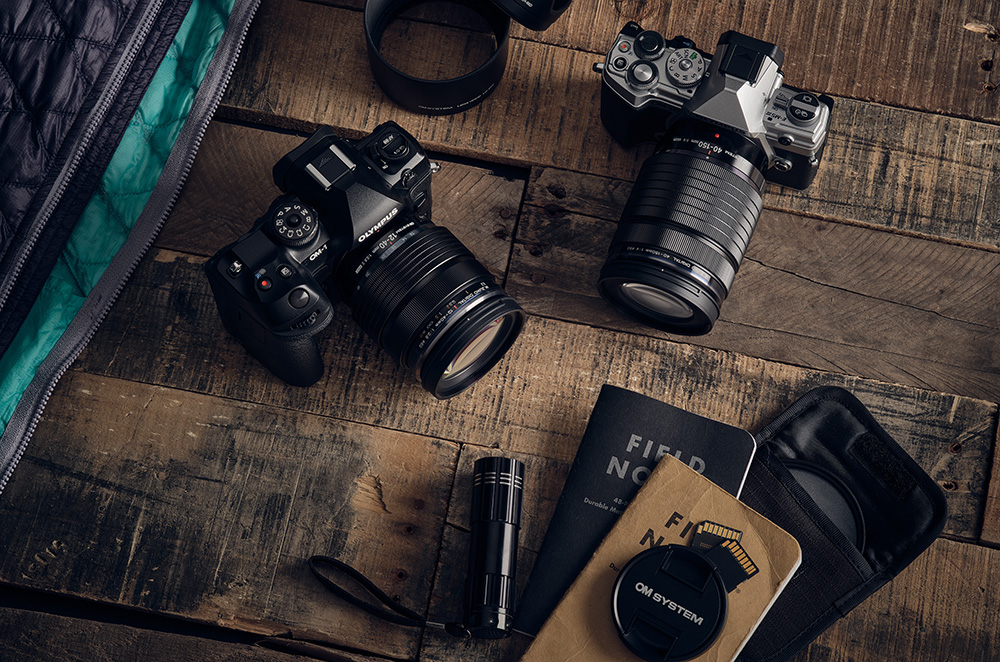
How does sensor size impact a camera?
Sensor size dictates an abundance of features in a camera. Depending on whether you have a small or large sensor, the images you capture, the lenses you use and the design of your camera will vary substantially.
Sensor size has a measurable impact on the resolution of your photos. The logic is simple – a larger sensor has more room for “photosites” that capture light. More photosites mean a higher megapixel count, meaning higher resolution photos. While medium-format sensors often reach upwards of 100MP, smaller sensor sizes like Micro Four Thirds tend to hover around 20-24MP today.
Considering the flagship full-frames of early mirrorless systems like the Nikon Z6 II match this figure, it’s unsurprising that so many photographers are satisfied with the quality that smaller sensors can bring. Lots of MFT cameras utilise their sensor’s small size to incorporate high-res shooting modes that can reach up to 100MP images, like the one on the Lumix G9 II.
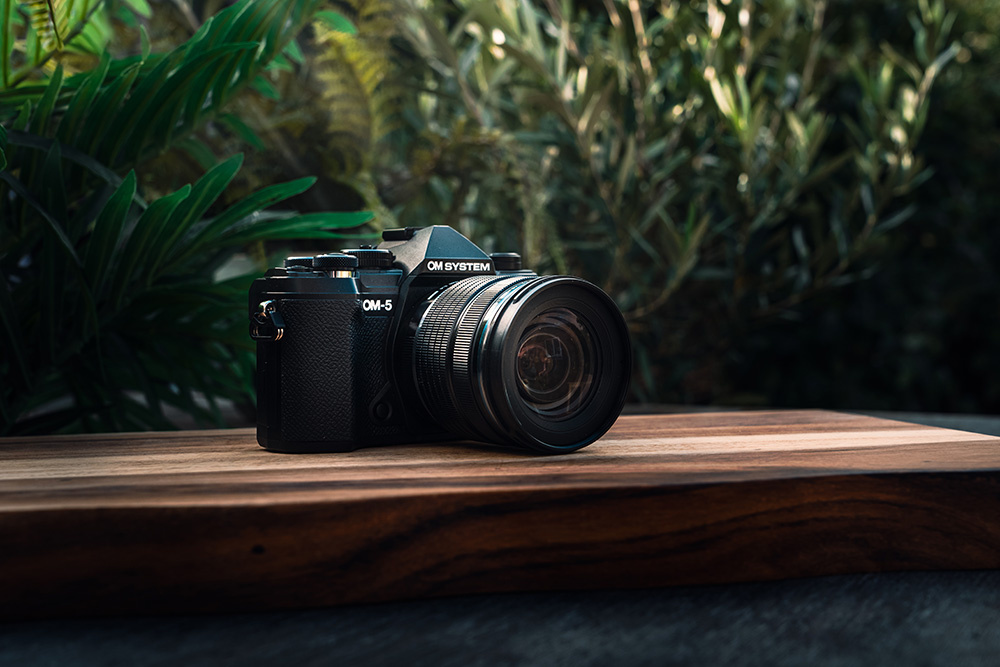
The cost of your equipment also varies with sensor size. Medium-format, the largest sensor size, is notorious for its lofty equipment prices, whereas APS-C and Micro Four Thirds systems are often considered budget options.
This is due to each format’s respective size. Equipment for a larger sensor is often much bulkier, despite the efforts of sleek modern cameras like the Fujifilm GFX 100 II. Therefore, those who depend on portability and affordability look to options that utilise a smaller sensor, like the travel-oriented Nikon Z fc and the even smaller OM System OM-5.
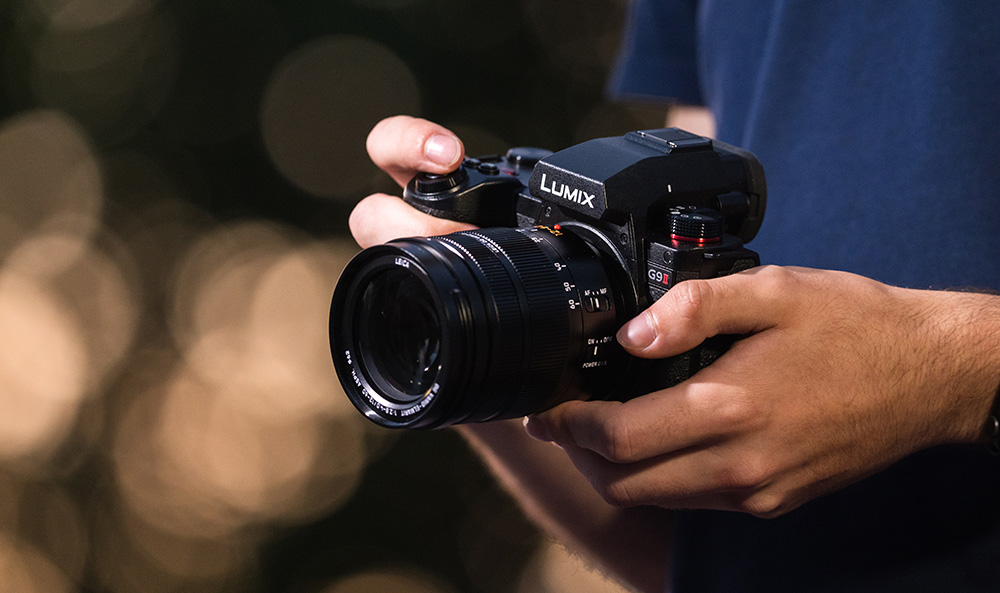
What is Micro Four Thirds best for?
With all photographic gear, some equipment inevitably favours some more than others. This is true for Micro Four Thirds – while its rapid success can be attributed to its usability and accessibility; its idiosyncrasies mean this format shines brighter for some users than for others.
One genre that Micro Four Thirds is brilliant for is travel. The tiny sensor means that the equipment required is much smaller, so any camera/lens combo on a larger format doesn’t come close to MFT in terms of portability.
For instance, the Olympus 12-40mm F2.8 is a portable lens at 382g. Sony's closest full frame equivalent (the FE 24-70mm F2.8) is two times heavier; while Nikon and Canon’s offerings are almost triple the weight! While depth of field may vary between these options, the maximum aperture’s impact on exposure is similar. Pair this lens with a compact body like the OM System OM-5 and you’ll be in for a real treat on your next adventure.

Micro Four Thirds also brings benefits to those shooting wildlife, and even sports. Some may be surprised by the application of such a small sensor size to a genre that demands full-frame performance.
However, the crop factor of an MFT camera doubles the power of a telephoto lens, an indispensable tool for this kind of photographer. The system is starting to cater directly towards them – the Panasonic Lumix G9 II was revolutionary to the format, with 8-stops of image stabilisation, a 25.2MP sensor and even 5.7K video for hybrid creators.

Micro Four Thirds Crop Factor
The crop factor of a sensor has a lot of implications for what it offers to a photographer. The effect that a smaller sensor has on a lens’ equivalent focal length is important to consider before purchasing new lenses, depending on your needs.
This is incredibly important to keep in mind when getting started with Micro Four Thirds. An MFT sensor has a 2x crop factor – that is, if you use a 50mm lens on an MFT camera, you’ll get an image that’s equivalent to one taken at a focal length of 100mm on a full frame. This is because the smaller sensor size reduces how much light from the lens gets registered, in effect cropping the image.
This increase in focal length has an impact on lens design, as the requirements to manufacture large telephoto lenses change drastically. Any application where a telephoto lens is required appeals to a Micro Four Thirds system, as the gear required is compact, lightweight and affordable.
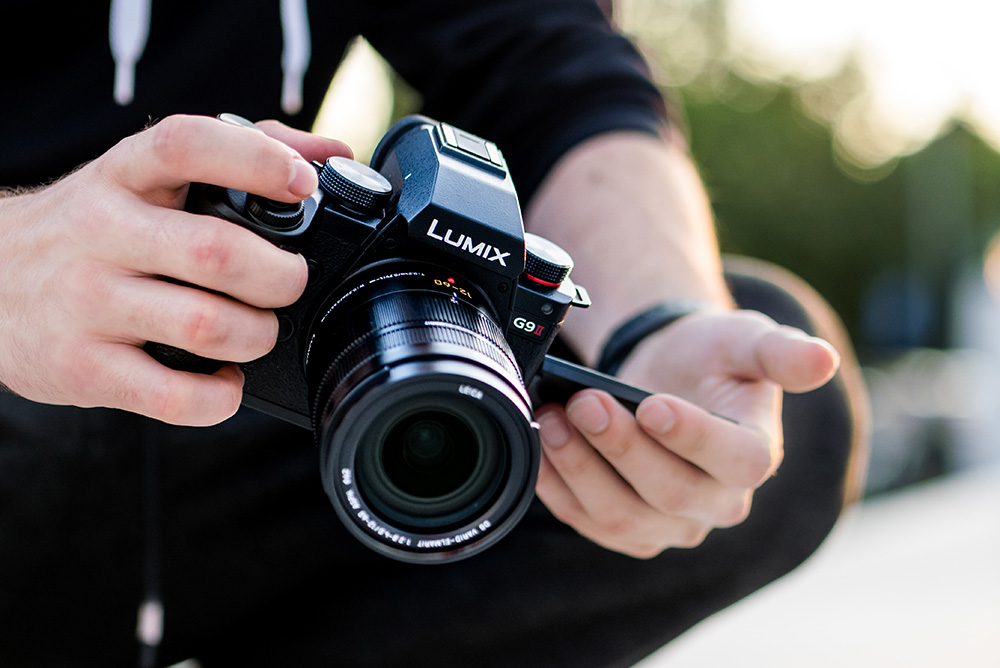
Micro Four Thirds Lenses
The ecosystem of Micro Four-Thirds lenses is vast. With Panasonic and OM System the market leaders, both experts in the field, optical excellence is one of the biggest pull factors to the format.
One of the aspects that make MFT so attractive is the size of the lenses. Specs that you’d expect to see in massive full-frame lenses fit into tiny bodies on this system. Making the switch from full-frame to Micro Four Thirds is undoubtedly the first thing you’ll notice, as the lenses you use most in your workflow will be surprisingly more compact.
Another attractive aspect of Micro Four Thirds lenses is compatibility. As the format was brought about by the collective innovation of OM System and Panasonic, you can use both OM System and Panasonic Lumix lenses on any MFT body. It doesn’t end with just these two – as an open standard, Micro Four Thirds is endorsed by a whopping 56 manufacturers, so finding third-party lenses from the likes of Voigtlander, Sigma, Samyang and more opens up lots of new possibilities.
Adapting other lenses to your Micro Four Thirds system is easy too. Canon EF lenses are the most popular lenses to adapt, with prime lenses like the 50mm f1.8 being stupendously cheap in 2024. Canon is still renowned for producing some quality glass through the DSLR era, so Micro Four Thirds gives these old lenses a new lease of life in a new age.
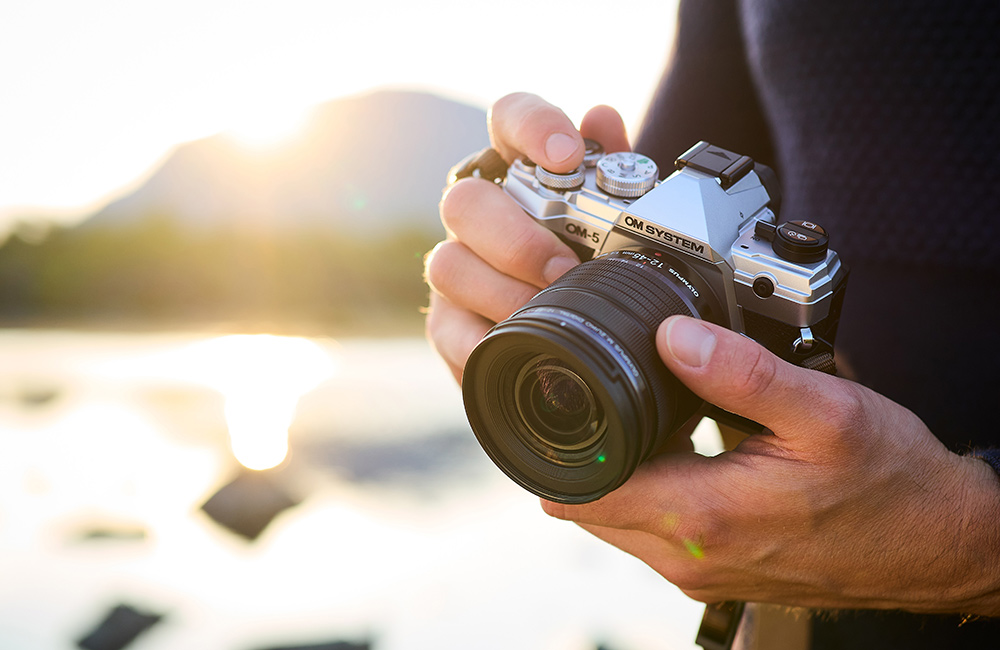
Micro Four Thirds misconceptions
In the highly competitive industry of photography, users are eager to debate the superiority of certain sensor sizes. As arguably the least understood of the four primary formats, photography buffs are often quick to raise the supposed disadvantages of the Micro Four Thirds system as they struggle to see the benefits such a small sensor can bring.
In the past, Micro Four Thirds has received criticism for struggling in low light. However, this statement becomes more and more obsolete as the format develops.
Not only do modern iterations like the Lumix G9 II have high-quality autofocus in darker conditions, but with lenses like the Olympus 25mm F/1.2 with fast apertures, taming low light situations becomes possible. Bodies like the OM-1 Mark II are starting to be seen in the hands of concert photographers, who trust its low-light performance. Noise is much less of an issue at high ISOs than it was historically, and new AI noise reduction software almost makes it a thing of the past.
Micro Four Thirds also gives more depth of field at any f-stop than full-frame. This is sometimes unwanted; however, extremely fast lenses for the system help to circumvent this drawback.
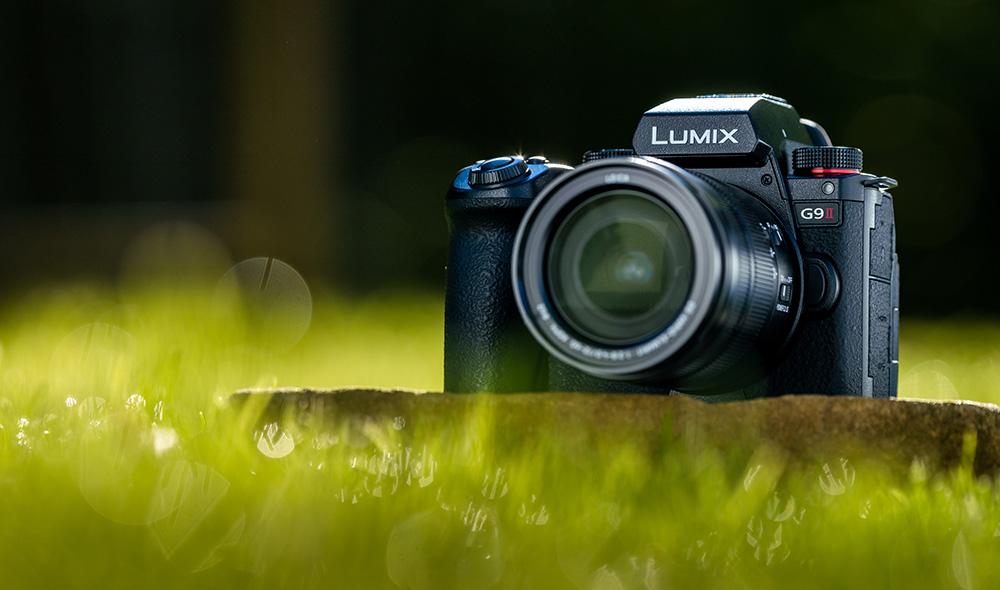
Additionally, it’s simple to re-adjust your technique to achieve different depth of field by changing your proximity to your subject. This is also a hidden blessing – lower apertures do have more depth of field, but this benefits those working in low light as sometimes sacrificing depth of field for low-light performance is frustrating depending on your subject.
Lastly, perhaps the biggest misconception surrounding Micro Four Thirds is that a smaller sensor produces worse images. This is far from true – most modern MFT cameras boast megapixel counts in the 20s, which is more than sufficient for professional use and for their size, you’d struggle to complain about it.
Additional Benefits
In-body image stabilisation (IBIS) was first pioneered by Olympus, being an expected standard of any Micro Four Thirds camera. Current Lumix cameras have it built in as well; however, Panasonic offers MFT lenses with optical stabilisation to support older Lumix cameras without it. This provides MFT shooters control over shutter speed whilst producing pin-sharp photos.
Exclusive to Panasonic and OM System is Dual Image Stabilisation, which combines the stabilisation power of both your camera and your micro four thirds lens. This makes handheld shooting and video incredibly effective with MFT lenses and is a game-changer when using long telephotos, such as the OM System M.Zuiko Digital ED 150-600mm F/5.0-6.3 IS Lens.
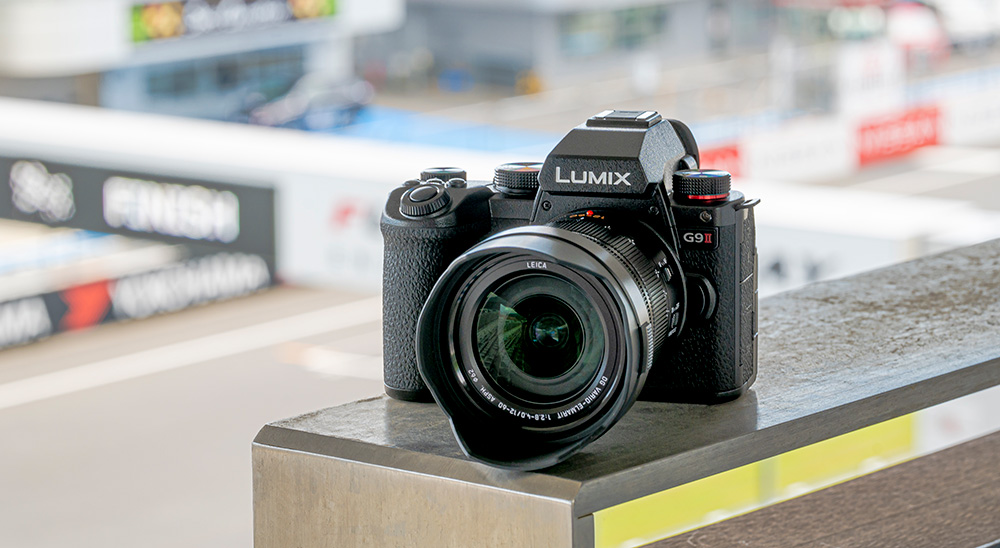
Collaboration is also a huge part of the Micro Four Thirds ethos. This gives manufacturers like Panasonic the chance to partner with big names like Leica, with whom they produce their high-end Leica DG lenses. Therefore, by getting involved in the MFT system, you’re much less limited in your choice of equipment, especially with the compatibility between makes that the open standard offers.
We believe the photography market offers something for every user. As endorsed dealers of both Panasonic and OM System, we’re passionate about the Micro Four Thirds mission to bring high-quality equipment to a variety of photographers.
Whether you’re just realising that Micro Four Thirds will suit you, you’re a seasoned user of the system or you’re just looking to explore your options, discover all the best digital cameras, lenses and more at Park Cameras today!
Share this post:
By Thom Pyle on 19/02/2024

Trade in your old equipment
Fast and easy trade in service ensures your old gear is collected efficiently and you are paid quickly! It's very simple to trade in your unwanted photography gear. Just head over to our dedicated Sell or Part Exchange page, fill out the details, and we'll get back to you with an offer for your old gear. Take the cash, or put it towards the cost of your new gear. It's up to you! Find out more
sign up to the newsletter
Keep up to date on the latest photography news, events and offers. Sign up now